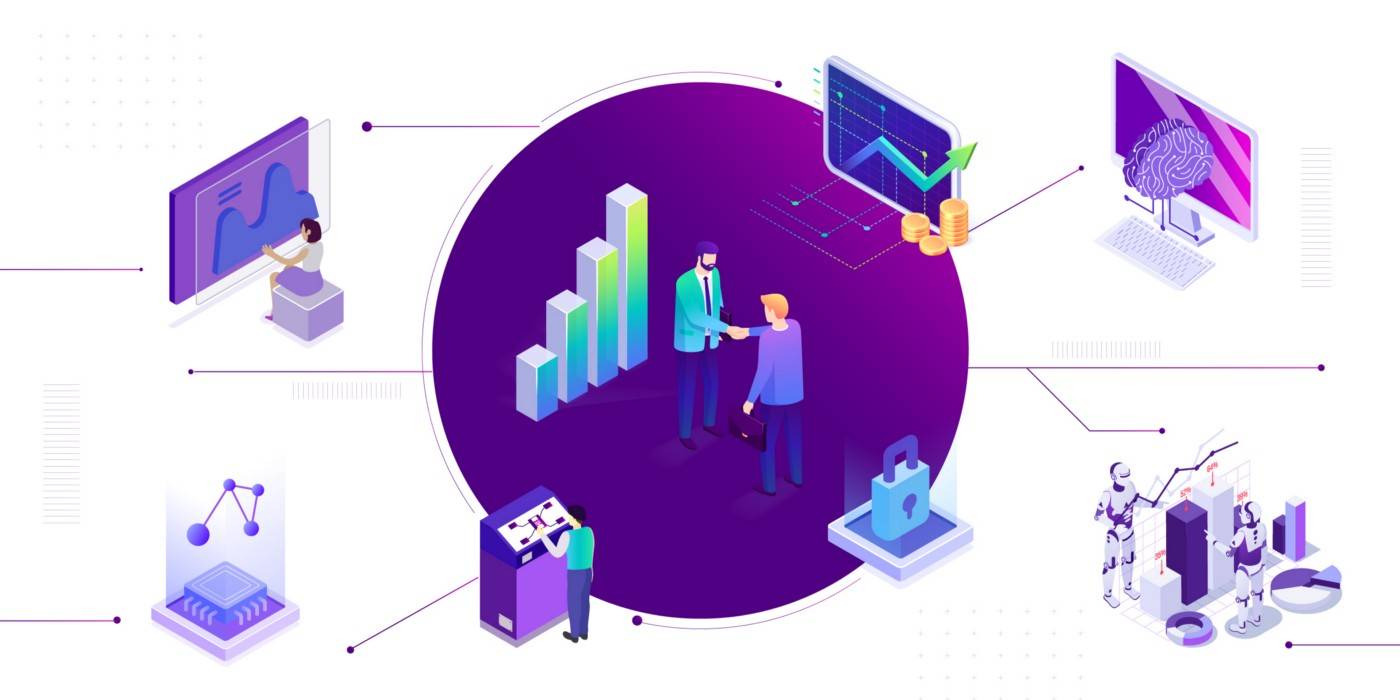At Plural, we pride ourselves on the team we’ve built. We believe it’s the people who make the brand and so we’re excited to show you the faces behind Plural. One such person is Sivashankar Thiyagarajan, Vice President of Engineering at Plural. While a leader who leads by example, Sivashankar is a fun and witty person, enjoys watching Rajinikanth movies and gaming on his PlayStation 4 on his day off. As we kick off our Leadership-in-Focus series here on our blog, we could think of no better person to begin this with. Feel free to listen in to our conversation with Sivashankar.
About Sivashankar Thiyagarajan
- Introduce yourself to our readers
I’m Sivashankar Thiyagarajan, Vice President of Engineering here at Plural. I completed my Bachelor’s degree in Technology (B. Tech) and have worked in Tata Consultancy Services, Bank of America, Altimetric, PayPal in the past.
At Plural, I lead the Engineering team. I am responsible for the tech decisions, delivery, and overall efficiency to build a kick-a$$ team.
2. What does a day in your life look like?
Well, I validate the tech buildouts from a design perspective along with the architects. I’m also responsible for hiring and revisiting the team structure regularly.
I connect daily with all five of my engineering managers for an overview of things. I also connect with my peers and other stakeholders like Product and Project Management Office (PMO). I have an everyday sync-up with my reporting manager and the Chief Technology Officer (CTO).
When it comes to processes and escalations, we follow a flat hierarchy and stay connected to things happening on ground. From a process perspective, we follow the Agile methodology of project management for faster rollouts.
Sivashankar’s experience in payments and at Plural
3. How did you get into payments?
Good question! I got into payments when I had the chance to work at PayPal where I interacted with the best-in-class team to build a payments switch (a tool that facilitates communication between different payment service providers) from ground up. The scale and volume in payments is exciting and once you’ve built apps that handle volume and velocity at a global scale, you can never move out of it!
4. How did you build expertise in scaling payments?
The first task in PayPal was to build the payment switch from scratch, to take the load of the entire acquiring rails. This is the first step in payments space. I had a chance to work on both ends of the payments leg — acquiring and issuing which helped build an overall view of payments. Building acquiring and issuing switches to handle global traffic at scale and working with top class architects and leaders helped build my expertise in payments.
5. What about payments excites you?
I am interested in the core payments. We are in the business of moving money and constantly looking at ways of doing this in a fast and reliable fashion. There are multiple moving parts in the payments ecosystem to complete a single transaction. The challenge is to create a standardised payment experience for the customer, to be completed within a stipulated time.
6. What’s been your experience working on Plural?
There is never a dull day in Plural! The opportunity to lead a vertical and build a product from ground up has been an exciting journey so far. We have our own set of challenges daily, which makes it exciting.
7. How is Plural positioned to take on the payments market?
By getting the basics right! What are the basics? To build a payments system with a reliable checkout experience for end customers and enable a suite of payment methods for them to choose from.
8. What has been your biggest value and approach towards Plural engineering?
The goal is to add incremental value to the Plural tech stack daily. We are trying to get the basics of software engineering right in everything new that we build while focusing on maintaining and revamping the legacy applications to meet the levels of expected serviceability.
9. Plural and Technology — why it is here to stay, in your opinion?
In simple terms, we are money movers who provide the rails to merchants and customers to move money for their purchases or payouts. Our core focus is on reliability, resiliency, and scale. With these three addressed, we will have a kick-a$$ platform that can work seamlessly. Our core tenets of platform building are also around these three facets and hence with this strong foundation, we are here to stay and make our mark.
10. What are you doing as Engineering Head to drive this?
My approach is to share my learnings on building payment systems, advocate the common patterns that solve problems, support the team in figuring out complex issues and review solutions for the new buildouts. Any buildouts should support the three basic tenets of reliability, resiliency, and scale.
Sivashankar’s thoughts on leadership
11. What’s your approach to business planning, decision-making, and problem-solving?
When it comes to business planning, we’re quite structured. We follow the WIGS and PIGS concepts — Wildly Important Goals and Pretty Important goals. The team focuses on WIGS first followed by PIGS and we ensure that there aren’t more than one WIGS for each team/pod.
Decision-making is a collective effort where the corresponding initiative manager comes up with data points on critical buildouts and my role is to validate the same. Each Engineering Manager is enabled to decide for the points that fall within their boundary with the caveat that these are data-driven decisions. I prefer to go by data-driven decisions most of the time except for those cases where there is no data available. In such cases, I will go by instincts.
Problem-solving is inherent to the job. Problems could range from design-level bottlenecks, integration problems, functional issues, non-functional issues, etc. Each problem requires a specific set of skills and should involve specific resources to solve the same. We have segregated teams and roles assigned to folks to investigate specific categories of problems based on the subject matter expertise.
12. How do you keep your team motivated?
At Plural, I ensure teams are not judged on failures but rather for their intent. I keep them motivated by rewarding the exceptional contributors.
13. How do you cultivate a culture of innovation and growth?
I do this by giving the team the permission to fail but with a caveat — don’t fail for the same reason twice. Without experimenting, we can never create a better version of the product and those who fail to experiment are stuck in the endless loop of monotonous day-to-day whirlwind activities. The team is given a free hand to experiment on any latest tech stack that can be used in the product buildout.
14. In closing, what advice would you give managers and leaders today?
My advice is to be hands-on. Merely playing the role of a People Manager won’t take us a long way. Any Manager should be tech savvy, be informed on the technical know-how, sit with the team for architectural discussion, and help solve problems when the team is blocked. Leading from the front is the way forward. And no one should opt for the managerial line just to evade hands-on contribution.
Our takeaway
Sivashankar is a valuable leader at Plural. His thoughts are reflective of his leadership style and it’s what has brought the Plural team thus far. Personally, two things stuck with me:
“Ensure teams are not judged on failures but rather for their intent.”
and,
“Leading from the front is the way forward”
We thank him for sharing his time and inputs with us. We’re confident that you have at least one important takeaway from Sivashankar’s interview. We promise to keep this a recurring series to encourage budding leaders and show you some of the faces behind the Plural brand.
Interviewed & edited by Amrita Konaiagari (Marketing Manager at Plural by Pine Labs)

Amrita Konaiagari is a Marketing Manager at Plural by Pine Labs and Editor of the Plural blog. She has over 10 years of marketing experience across Media & Tech industries and holds a Master’s degree in Communication and Journalism. She has a passion for home décor and is most definitely a dog person.



